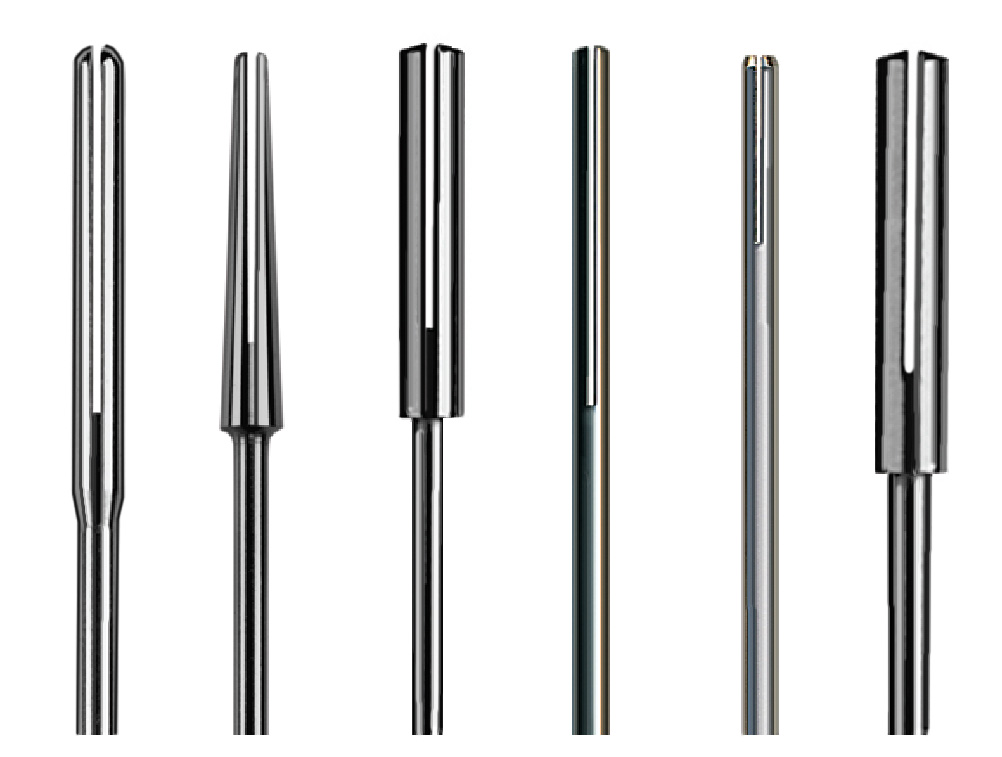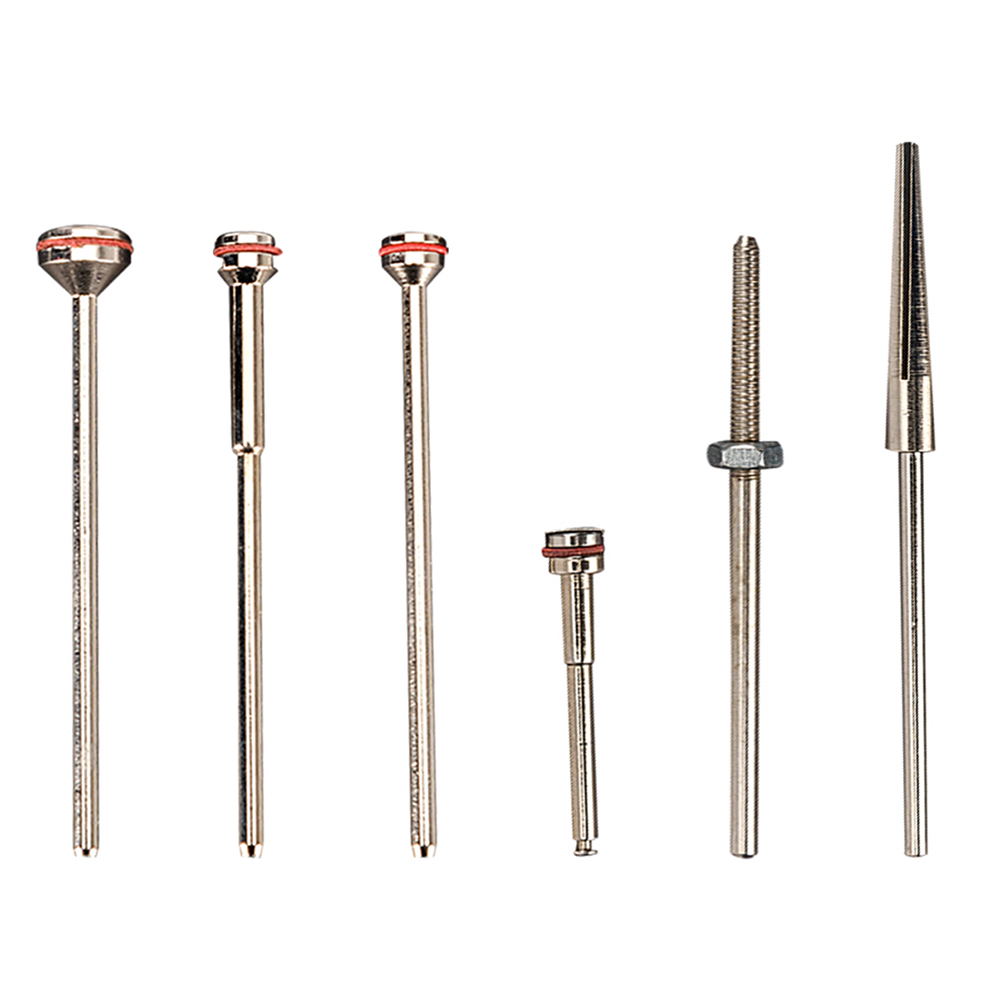Dental mandrels are essential accessories for rotary tools in dentistry, used to secure burs and polishing wheels for various procedures. Choosing the right type and size of mandrel for each procedure is critical to achieving optimal results and ensuring patient safety.
The Type of Mandrels
The first factor to consider when selecting a dental mandrel is the type of mandrel. There are various types of dental mandrels available, including straight, latch, and friction grip mandrels. Straight mandrels are the most common type and are used for most procedures. Latch mandrels are used with burs that have a latch-type shank, while friction grip mandrels are used with burs that have a smooth shank and are held in place by friction. The type of mandrel used will depend on the type of bur or polishing wheel being used for the procedure.

The Material of Mandrels
Another factor to consider is the material of the mandrel. Dental mandrels are typically made of stainless steel or tungsten carbide. Stainless steel mandrels are more affordable and can be sterilized and reused. However, tungsten carbide mandrels are more durable and can withstand higher speeds and torque. The choice of material will depend on the specific needs of the procedure and the preferences of the dentist.
The Size of Mandrels
The size of the mandrel is another critical factor when selecting a dental mandrel. Choosing the correct size of mandrel is crucial to the success of a procedure. The size of the mandrel should match the shank size of the bur or polishing wheel being used. Using a mandrel that is too small or too large can lead to slippage or damage to the tool or the patient's teeth. It is important to check the size of the mandrel before each procedure to ensure that the correct size is being used.

The Type of Procedure
The type of procedure being performed is also a critical factor in selecting the right type and size of mandrel. Different procedures require different types and sizes of mandrels. For example, a mandrel with a larger diameter may be needed for a crown preparation, while a smaller mandrel may be used for polishing and finishing a restoration. The dentist should be familiar with the specific requirements of each procedure and select the appropriate mandrel accordingly.
Compatibility With the Rotary Tool Being Used
Compatibility with the rotary tool being used is another important factor to consider when selecting a dental mandrel. Mandrels from different manufacturers may have different specifications and may not be compatible with all types of rotary tools. It is important to ensure that the mandrel is compatible with the rotary tool being used to avoid any issues during the procedure.
Disposable Mandrels VS. Reusable Mandrels
Disposable mandrels are becoming more popular due to their convenience and reduced risk of cross-contamination. However, reusable mandrels can be sterilized and reused multiple times, making them a more cost-effective option in the long run. The choice of disposable or reusable mandrels will depend on the specific needs of the practice and the preference of the dentist.
Maintenance
Proper maintenance of dental mandrels is essential for their longevity and to prevent cross-contamination. Mandrels should be cleaned and sterilized after each use and inspected for wear and tear. It is also important to store mandrels in a clean and dry environment to prevent contamination.
Conclusion
In summary, selecting the right type and size of dental mandrel for a specific procedure is critical to achieving optimal results and ensuring patient safety. Factors such as the type of mandrel, material, size, procedure, compatibility, and maintenance should all be taken into consideration when selecting a mandrel. It is also important to follow manufacturer recommendations and to properly clean and sterilize mandrels to prevent cross-contamination. By following these guidelines, dentists can ensure that their procedures are performed safely and effectively, and that their patients receive the highest quality care.



